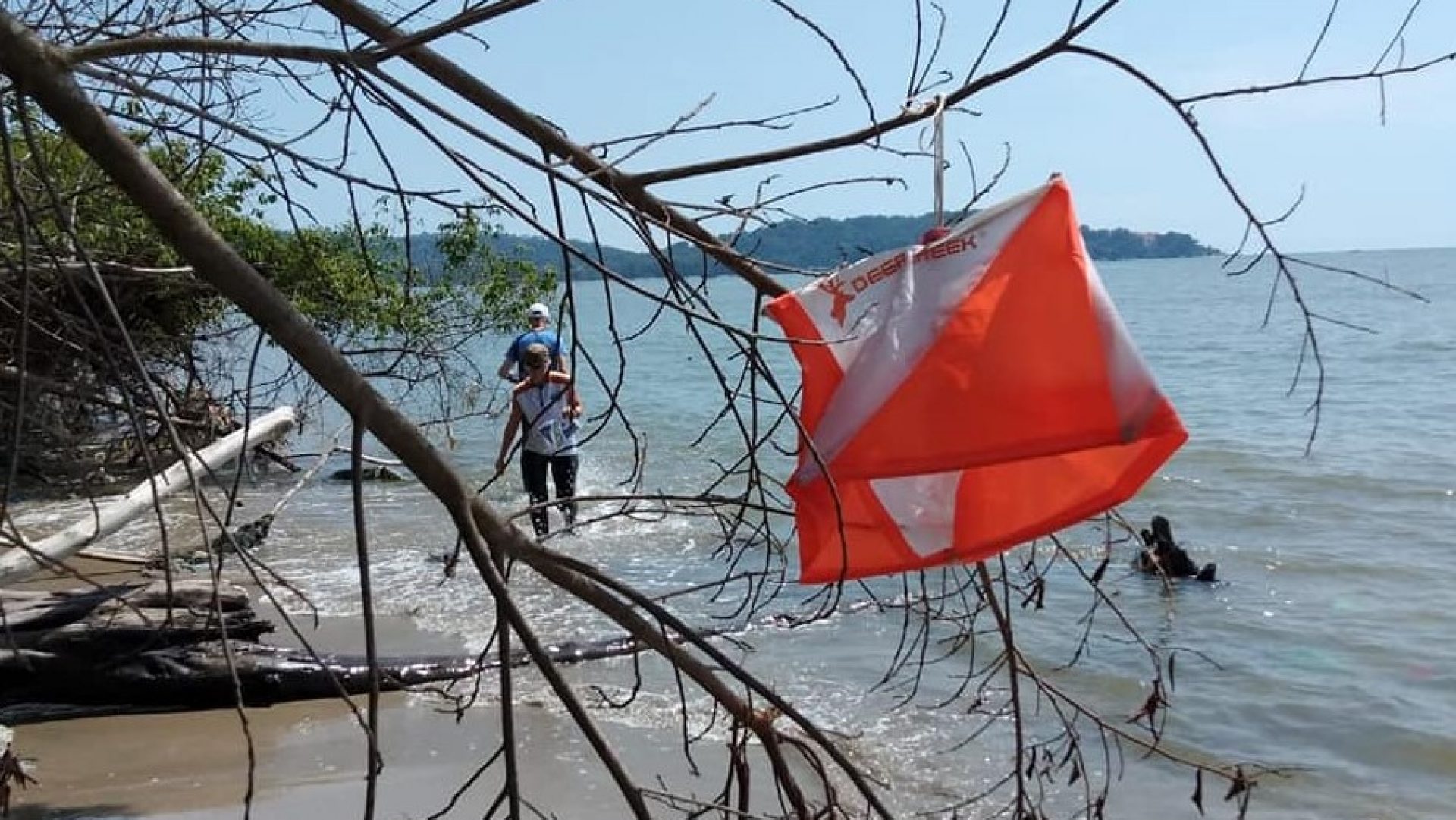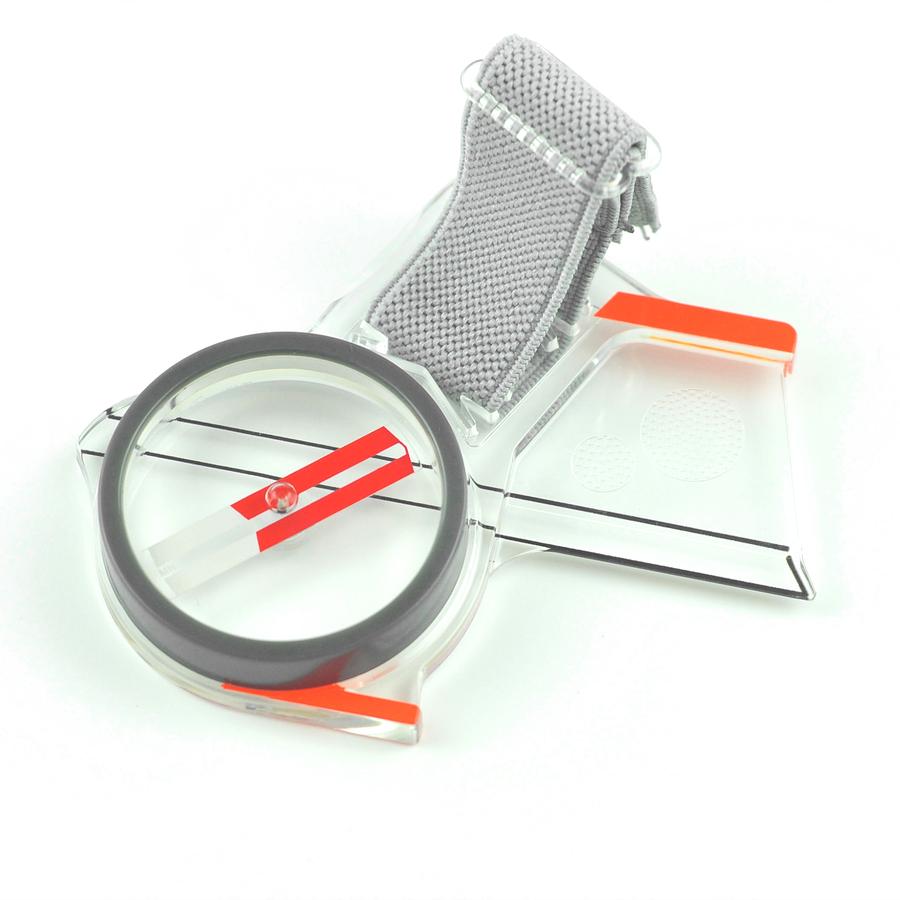Orienteering is a navigation sport, involving running (or other means of movement) with map and compass—oh wait, is a compass really necessary?
For a beginner in orienteering, or for teachers who promote orienteering, the question of equipment is an important one. Does one need to buy a compass before starting orienteering at all?
We tend to think of orienteering as a compass sport, and while a compass does help a lot when navigating in unfamiliar terrain, it’s worth thinking what role a compass really has in the sport.
Do I need an orienteering compass as a beginner? Here’s some advice from Raphael Mak, founder of ORIEN.ASIA, former Hong Kong Team member, and an athlete with 15 years of experience in the sport.
What does navigation require?
Navigation, viewed mathematically, involves two measures: direction and distance.
Direction, or compass bearing, seem to imply that a compass would be necessary to show the distance. But are there other means to obtain the direction, such that you can safely navigate to the next checkpoint?
Think of the scenario where you find your way to the nearest supermarket. Instead of (or in addition to) knowing the compass bearing of the supermarket relative to you, you’d more likely be visualising the directions by thinking about how many junctions, turn left or right, landmarks such as remarkable buildings or shops, etc. Most importantly, you won’t even likely be bringing your compass to the supermarket.
Turns out, you can navigate without a compass.

Orienteering sans compass
Orienteering involves a set of techniques to help you navigate rapidly in unfamiliar terrain. While some of these techniques do involve compass, many more techniques are about the sense of environment and relative positions of geographical features, and don’t necessarily involve a compass.
An important technique in the sport is matching the map with the real world (and vice versa). You can navigate quickly without a compass when you know the relative positions of objects that will help you navigate. This is a skill that comes with continued orienteering practice. When you’ve mastered this skill, you can relocate yourself quickly, which means you always know exactly where you are; this is much faster and more convenient than having to check the compass bearing all the time.
Handrails are linear objects, like roads, paths, river and fences, that you can follow to another location. You can easily trace them on the map and in the real world. These can save you a lot of time in an orienteering race.
Catching features are objects that act as alarms for you; if you see them, you’re way too far. For example, you’d be at ease if you know the next checkpoint is never farther from that river on the map.
Make mental waypoints that help you ensure you’re on the right path, for example buildings, bridges, knolls, or even uphills and downhills.

So when is a compass useful?
A compass is still tremendously useful in an orienteering race for the following reasons:
- It acts as an insurance to ensure you’re in the correct direction.
- When the compass is superimposed with the map, set in the correct orientation with the north needle matching the map north, you can directly “read” the compass bearing from around you, which speeds up navigation a lot.
- In forests where everything seems to look the same, you’ll need a compass to find the correct bearing. This applies especially to terrains with few distinguishable features, e.g. plains or swampy terrains.
- A compass increases your safety in orienteering by providing more information about direction and bearing. Some organisers (e.g. in Australia) even give a safety bearing which, if you got completely lost, can help you return to safety (usually a main road where you can seek help).
So, a compass is still nice, or even necessary, when you’re competing at a high level or in forests. In fact, some national federations require you to use a compass in races, and sometimes also a whistle with which you can seek help in case of emergencies.
As a starter, should I buy a compass or not?
If you’re just starting out with orienteering, and are doing it in a safe environment (e.g. city, school, park), our suggestion would be not to buy that compass, for now.
By not using a compass in your early stages of orienteering, you can train and sharpen your senses of relocation and navigation, while reducing your reliance on the compass as you progress.
When you’re venturing into the forest, or when you progress with more advanced techniques, then you’ll need the compass you’ve always wanted. You’ll probably also want a compass when you start competing in races.
With more confidence in orienteering, you can actually even do some advanced training without a compass in the forest, which helps a lot with improving race performance!
Want a compass? Buy a Str8 compass in our shop!
ORIEN.ASIA organises and promotes events, orienteering travel, and other outdoor, sustainable modes of tourism in Asia. We cooperate with local federations and clubs to bring you exciting orienteering races such as Thailand International Orienteering Championship and #AsiaCityRace.


